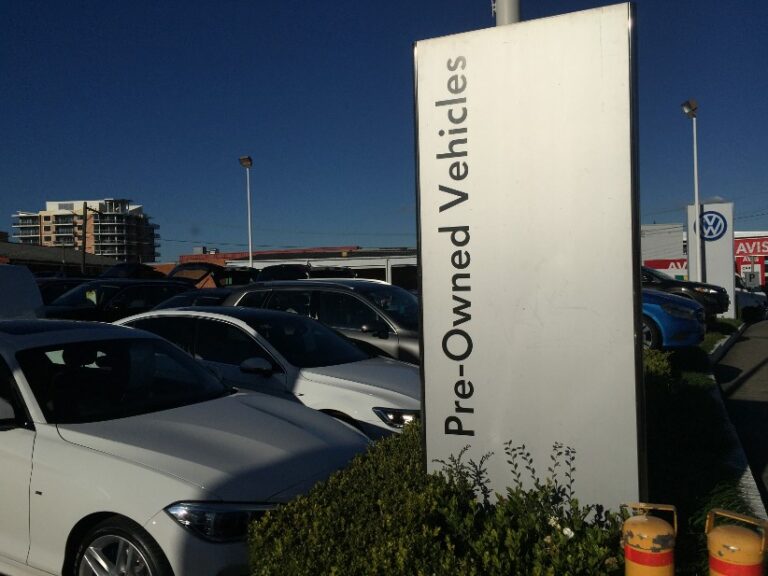At the 2017 Australasian Fleet Management Conference and Exhibition Glen Tomlinson, Head of Operations at Toyota Fleet Management, opened the books to their process when setting residual values (RV).
The presentation was a transparent look into the residual value setting process for one of the largest fleet management organisations in Australia. Tomlinson shared it all; including an insight into the thinking of their RV committee and the processes they follow monthly, quarterly and annually to predict a vehicle’s future value.
As someone that had a similar role at SG Fleet, I was surprised by the willingness to share this level of detail with the audience because the process was always shrouded in mystery. It was considered a unique skill that took decades to acquire, and the individuals with the power to set RVs were treated like gods.
Tomlinson shared sample RV graphs, described the way they calculated the slope over time for different vehicle categories, the frequency of RV committee meeting; and the historical performance of their forecasts on several models over time.
The advice he offered to all Fleet Managers selling vehicles was, “You’re first loss is always your best one”. And it was confirmed by the other presenters later in the session. Generic, high volume fleet vehicles don’t appreciate over time waiting for a buyer. So you need to meet the market.
At Toyota Fleet Management (TFM) data is important. They have asset risk for over 150,000 vehicles and employee three analyst to ‘grind’ the data and build RV models using records from 190,000 internal sales and 1.9 million sale records from external parties.
Where do you start when there are 1,700+ models on sale in Australia? According to Tomlinson, first you need to group them into similar depreciation segments. For example Japanese small hatches lose their value at a similar rate. And 4X4 diesel dual utes are similar but completely different to a petrol version. And HiLux is its own group; it’s resale is bullet proof.
Then you define the slope (the rate of depreciation over time and kilometres) for each segment. Once you have this a ‘midpoint’ needs to be identified. This is because new models have a higher resale when the first vehicles hit the market and then normalise throughout the model cycle.
The last step, and something that is being done constantly, is to validate the model forecasts against the market.
To help Fleet Managers Tomlinson listed nine factors that impact RVs which was a great takeaway for the audience after such a generous presentation.
Top Factors that Impact Vehicle Residual Values
- Model cycle and volume sold
- Body style and shape
- Options and accessories (these are different things)
- Application during service (e.g. vehicles on mine sites are worth less)
- Rental company activity
- Manufacturer reputation
- Market liquidity
- Maintenance costs later in life
- Rarity (good), low sale volume (bad), new technology (unknown)






